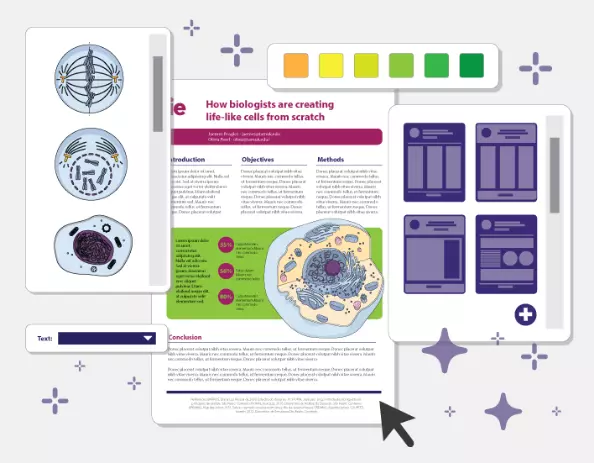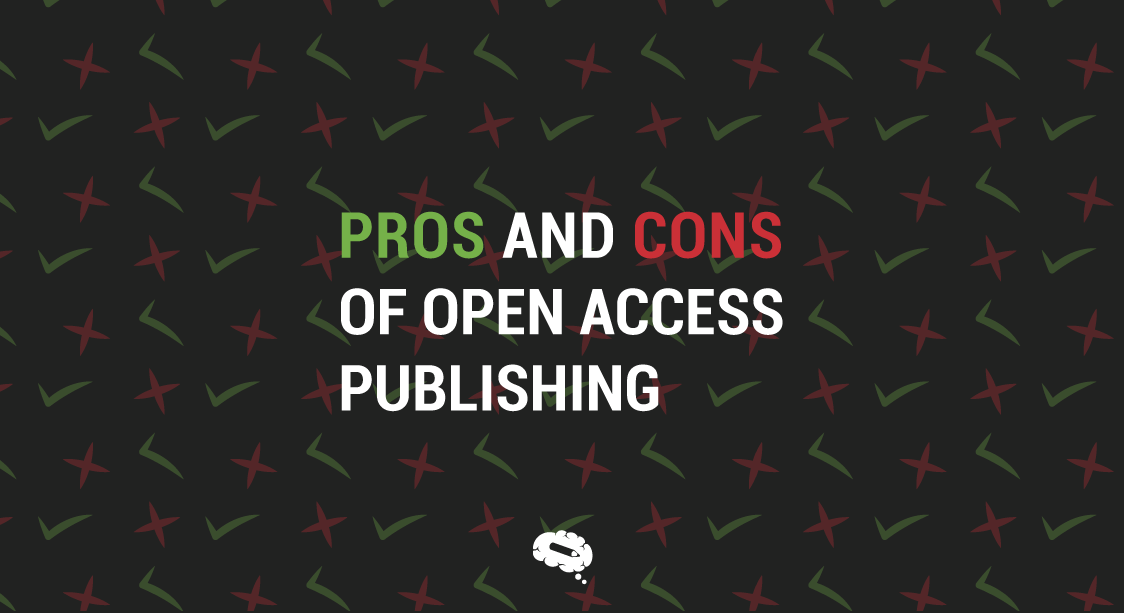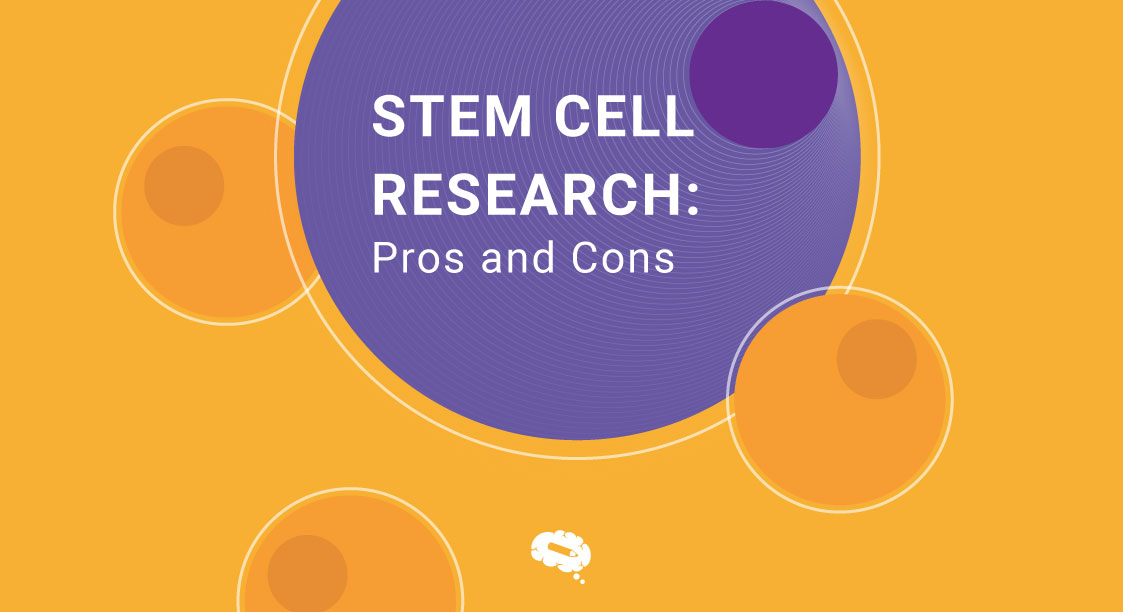Are you a scholar who finds it hard to collect research articles? Even if you can find them, is it asking for too much money before accessing them? Well, no worries. As a scholar, paying for every other article that must be researched would be hard.
In order to solve this issue, a model called Open Access Publishing has been introduced where unlimited research articles can be accessed at zero cost. Let’s dive deep into what is open access publishing, its types, and the pros and cons of open access publishing in this article.
What is Open Access Publishing?
Open access publishing is a scholarly publishing model that allows unrestricted and free access to research articles and other academic content online. It enables anyone with an internet connection to read, download, copy, distribute, and utilize the published material without any financial or legal barriers.
The conventional publishing approach involves publishers charging subscription fees or imposing charges on individuals or institutions in order to access academic journals and articles. This can create limitations in accessing knowledge, particularly for those who cannot afford the high subscription costs or lack affiliation with well-funded institutions.
In contrast, open access publishing aims to make research and knowledge freely available to the public. Authors or their institutions typically cover the costs associated with peer review, editing, and publication by paying an article processing charge (APC) to the publisher.
Related Article: What Is Open Science and Why is it Important in Research
Pros and Cons of Open Access Publishing
Benefits of Open Access Publishing
Open access publishing offers numerous benefits to researchers, institutions, and the general public. These advantages include:
- Increased Access: Open access publishing allows unrestricted access to research articles, removing financial barriers that can impede knowledge dissemination. Researchers from all backgrounds, regardless of their institutional affiliations or financial resources, can freely access and utilize scholarly content.
- Global Knowledge Sharing: Open access enables the rapid and widespread dissemination of research findings. It facilitates collaboration among researchers worldwide and encourages the exchange of ideas and knowledge on a global scale.
- Enhanced Visibility and Impact: Open access articles are more visible and accessible, which can increase their readership and potential impact. Researchers who publish in open access journals may experience higher citation rates, leading to greater recognition within their fields.
- Economic Benefits: Open access publishing can lead to cost savings for institutions and individuals. Subscriptions to traditional journals can be expensive, especially for libraries and researchers in low-income regions. Open access eliminates subscription costs, making research more accessible and enabling institutions to allocate their resources more efficiently.
Disadvantages of Open Access Publishing
While open access publishing offers several benefits, it also comes with certain disadvantages that should be considered. These include:
- Funding Challenges: Open access publishing often requires authors or their institutions to pay article processing charges (APCs) to cover publication costs. This can be a financial burden, particularly for researchers with limited funding or those from low-income institutions.
- Quality Control Concerns: While many open access journals adhere to rigorous peer-review processes, the sheer volume of open access publications can make it challenging to ensure consistent quality control. The proliferation of predatory journals, which prioritize profit over academic integrity, poses a risk to the credibility of open access publishing.
- Sustainability of Business Models: The financial sustainability of open access publishing models remains a concern. Some open access journals rely solely on article processing charges, which may not be viable in the long term. Alternative funding models, such as institutional subsidies or consortia agreements, need to be explored to ensure the continued availability of quality open access publications.
- Limited Access to Older Research: While open access publishing promotes the accessibility of new research, it may not address the accessibility of older publications. Copyright restrictions or the lack of retroactive open access policies can make older research articles inaccessible to the broader public.
- Inequality in Knowledge Distribution: Despite the aim of inclusivity, open access publishing does not completely eliminate disparities in knowledge access. Researchers in resource-constrained regions may still face challenges in accessing the internet or may lack the necessary infrastructure to utilize open access resources effectively.
Types of Open Access Publishing Models
There are different types of open access publishing models that facilitate the dissemination of research articles and scholarly content. These models include:
- Gold Open Access: In the gold open access model, articles are published in open access journals that make the content freely available to readers immediately upon publication. These journals typically finance their operations through article processing charges (APCs) paid by the authors or their institutions.
- Green Open Access: Green open access involves authors depositing a version of their research article into a repository, such as an institutional repository or a subject-specific repository, while the final published version remains behind a paywall in a subscription-based journal. The deposited version, often referred to as a preprint or postprint, is made freely available to the public, enabling wider access to the research.
- Hybrid Open Access: Hybrid open access refers to a model in which journals offer both open access and subscription-based options. In this model, authors can choose to pay an APC to make their individual articles open access within a subscription-based journal. However, other articles within the same journal remain accessible only to subscribers.
- Diamond or Platinum Open Access: Diamond open access, also known as platinum open access, involves journals that are entirely open access and do not charge article processing charges (APCs) to authors. These journals often rely on alternative funding models, such as institutional subsidies or volunteer labor, to cover publication costs.
- Bronze Open Access: The bronze open access model refers to articles being made freely available after an embargo period. During this period, the articles are accessible only to subscribers or through pay-per-view options. After the embargo period expires, the articles become openly accessible to the public.
The open access publishing model has revolutionized the dissemination of scholarly research by breaking down barriers to knowledge access. Through gold, green, hybrid, diamond, and bronze open access models, researchers and institutions have embraced the principles of openness, transparency, and inclusivity in sharing their findings.
Exclusive scientific content created by scientists
Have you ever thought about how some research papers get popular within a span of time? It’s through the exclusive content along with the right visuals. The scientific visuals, graphs, and infographics amplify the content of the research paper and make it easy for the reader to decode the information and understand the topic. You can find such infographics from Mind the Graph which is created by scientists to help their fellow researchers. So what’s the wait? Sign up Now to Mind the Graph!


Subscribe to our newsletter
Exclusive high quality content about effective visual
communication in science.




